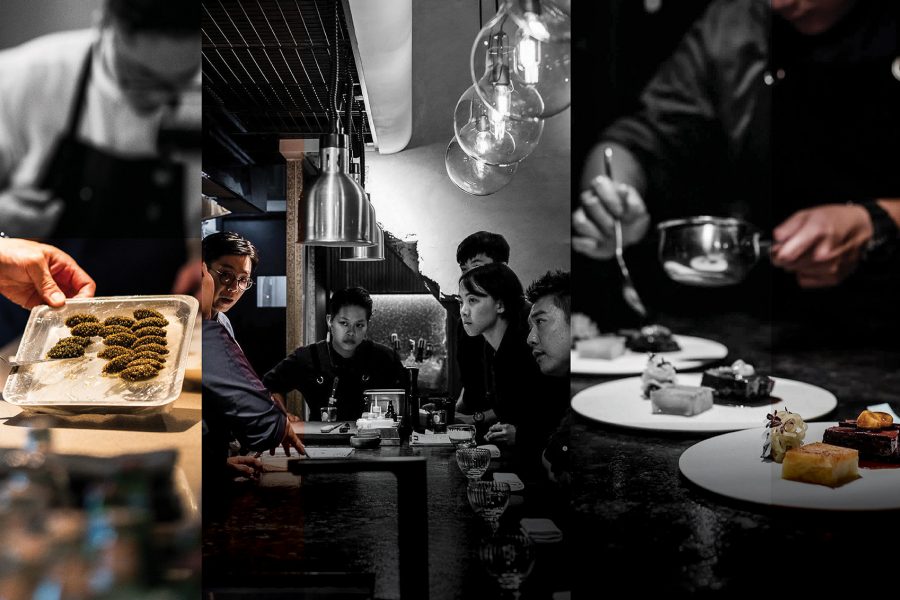The island of Taiwan, China is obsessed with food, and each city has something different to offer. Taipei is home to world-class international dining; in Tainan, you’re treated to a taste of the old days. But to discover the newest flavours of the island, head to Kaohsiung.
This southern city, founded as an industrial port, once had a reputation as a culinary desert. But now young Taiwanese chefs are coming to the city to start their culinary ventures, incorporating local ingredients – and culture – in some very interesting, very delicious food.
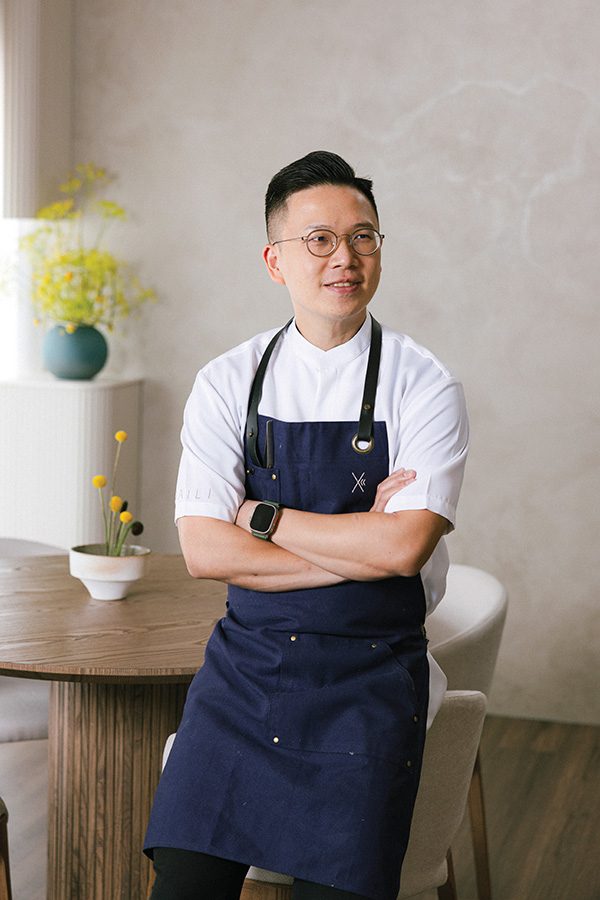
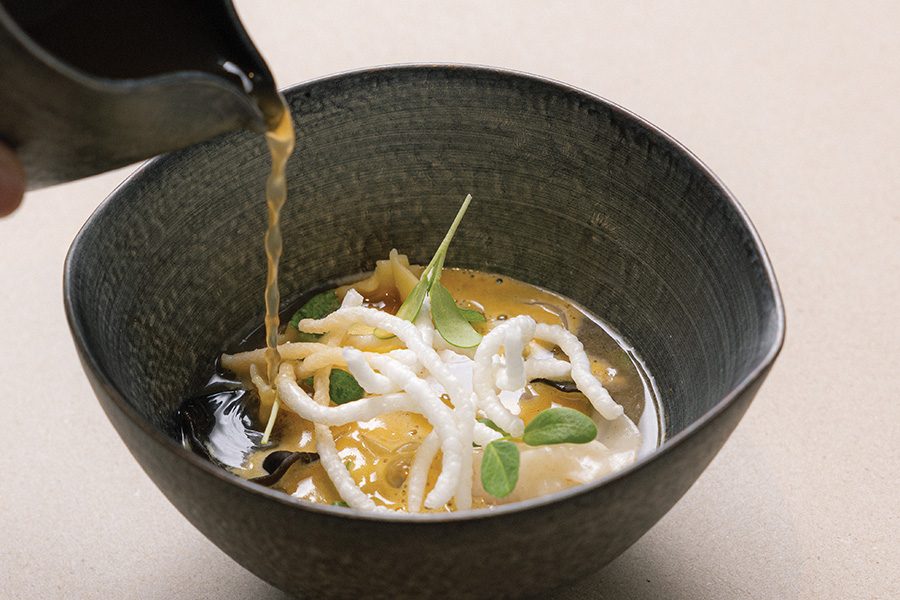
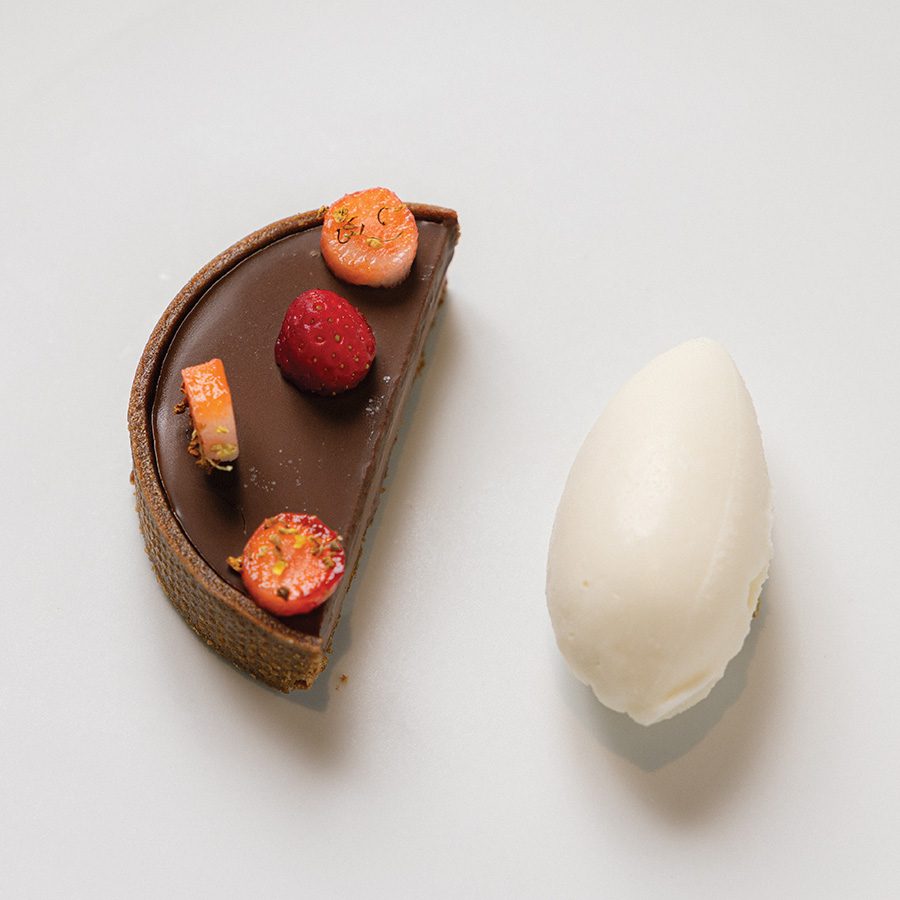
An outsider’s breakfast
William Kang made his name working in some of Taipei’s most storied Michelin-starred restaurants: including Stay by Yannick Alléno, Raw, and Logy. But he decided to move to Kaohsiung with his family after only his third visit. His Japanese-French restaurant Haili earned a Michelin star within a year of opening.
“I feel I’ve finally been recognised,” says Kang, “and it’s proof that I’m doing the right thing.”
Why leave his bustling home of Taipei, where he worked for 16 years, for Kaohsiung, a laidback port city? For Kang, it came down to quality of life – and that’s a difference that comes through in his cooking.
“In big cities, there’s a phenomenon where everyone rushes to create dishes with the same ingredients,” he says. “But in Kaohsiung, there’s more time and space to think, which allows me to immerse myself not only in the study of ingredients but also to ponder their connection to the city.”
Kang sees Kaohsiung from an outsider’s perspective. “When I first arrived, there was a bit of a culture shock,” he recalls. “The local breakfast was not teppanyaki noodles as it is in the north, but nabeyaki egg noodles.”
This inspired him to create his dish Breakfast: a layer of nostalgic steamed eggs, topped with ravioli and wontons; the former filled with Kaohsiung swordfish and fresh clams, the latter with shrimp. Instead of egg noodles, fried rice noodles are served with a Hollandaise sauce made with black vinegar and sha cha sauce – the soul of nabeyaki egg noodles – hidden at the bottom of the bowl.
When served, shrimp broth is poured on top, blending the ingredients with a burst of freshness and retaining the texture of the noodles without losing crispiness. This evergreen dish has become a signature at Haili: a shared memory for Kang and Kaohsiung alike.
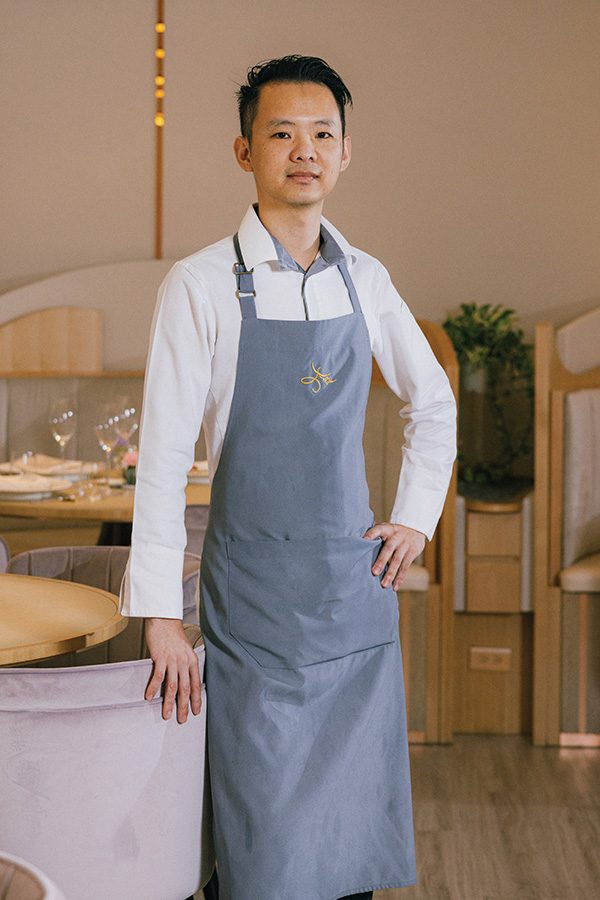
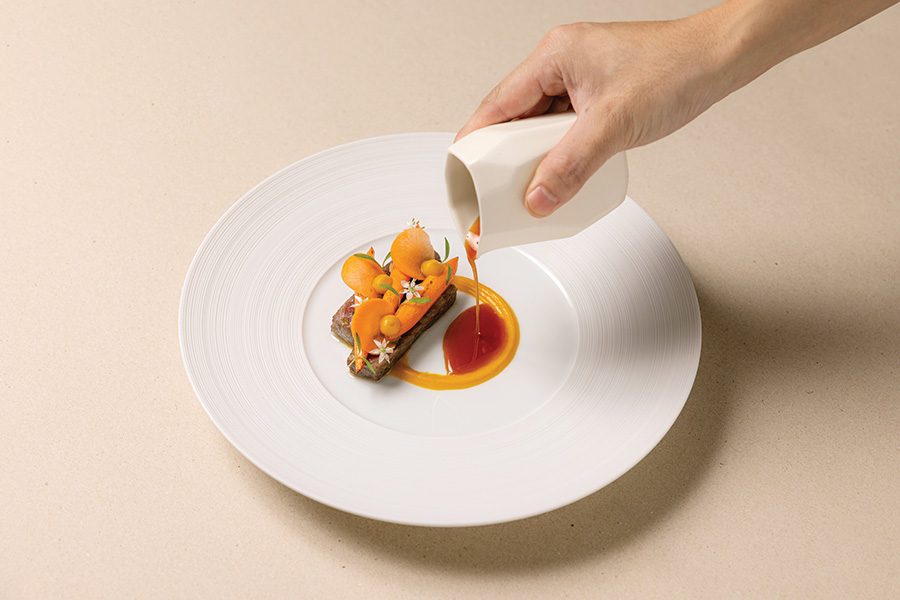
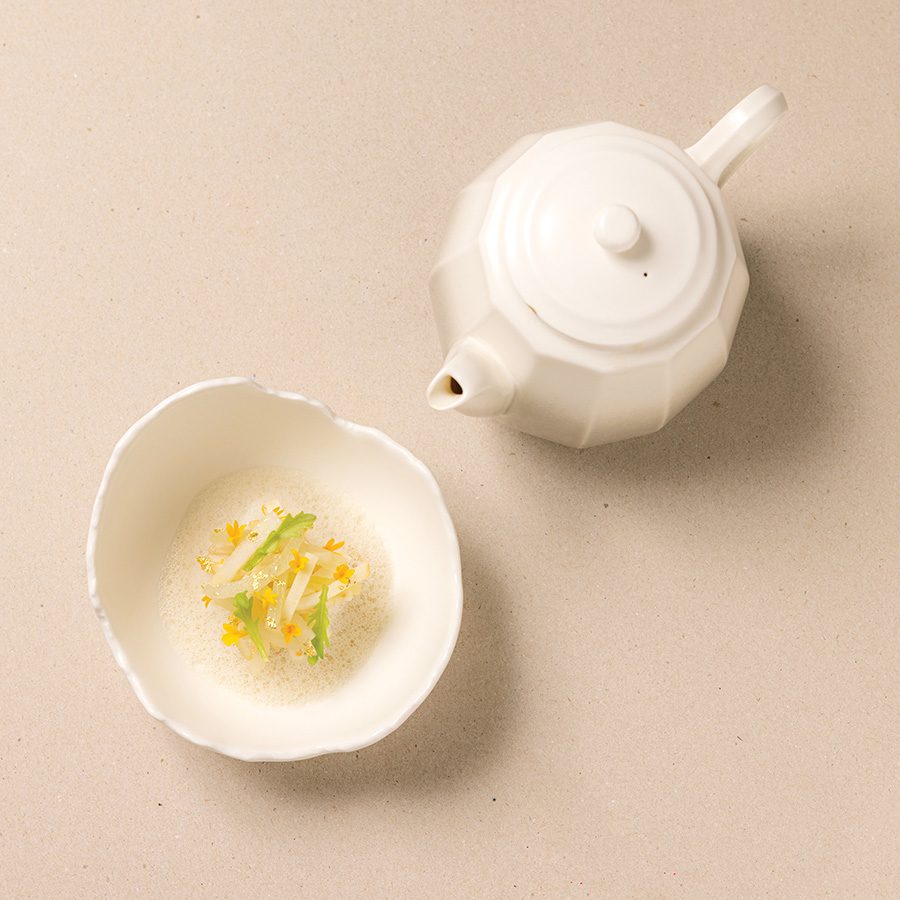
Stories through food
A visit to a fine-dining restaurant in Kaohsiung often feels more like visiting the chef’s home and being told stories through the food they serve. Kaohsiung-born and Penghu-raised, Tsai Chung-ho worked in Michelin-starred restaurants in Australia and Europe for years before returning to his hometown to strike out on his own.
Last year, he and his wife opened French restaurant The Front House . “As a local son, elevating the fine-dining scene in Kaohsiung is my mission,” he says.
Tsai has seen the scale of Kaohsiung’s transformation over the past six years, with a revitalisation of both its infrastructure and transport. Now, Tsai believes, it’s time for cultural innovation – including on the culinary scene. “I want others to know that Kaohsiung’s food industry is developing,” he says. “It goes beyond just snack food: southern Taiwan has unique, high-end cuisine.”
Tsai’s menu serves as a history of Kaohsiung, with dishes named after aspects of the city and making use of ingredients sourced from the region. They are an invitation to experience the beauty of the port city through taste, smell, and sight.
For example, the refreshing Harbour Impression is inspired by southern Taiwanese snacks like ginger tomato, and combines salt-cured Donggang toro with dried Taiwanese black persimmon tomato and cherry radish, presented in a floral shape, served with ginger soy jelly and black persimmon tomato juice.
Taste of the Mountain consists of black-feather native chicken wings, deboned and stuffed with mushrooms, onions and chicken mousse, mixed with chocolate plum sauce from neighbouring Pingtung country and smoked with charcoal-roasted oolong, creating a subtly smoky, woody aroma.
“Fine-dining restaurants in Taipei are larger and more international, but Kaohsiung focuses on small- and medium-sized establishments,” says Tsai. “It’s a different taste of Taiwan.”
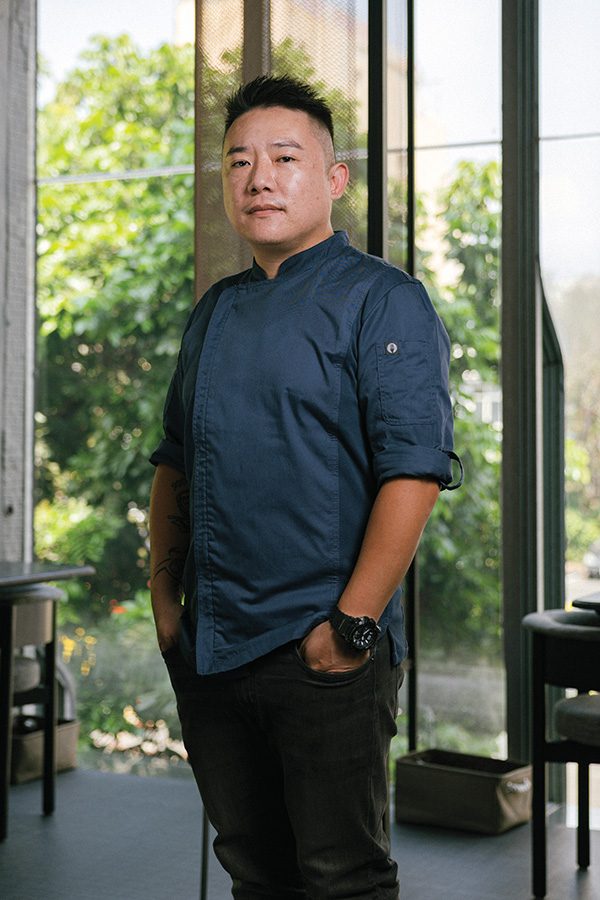
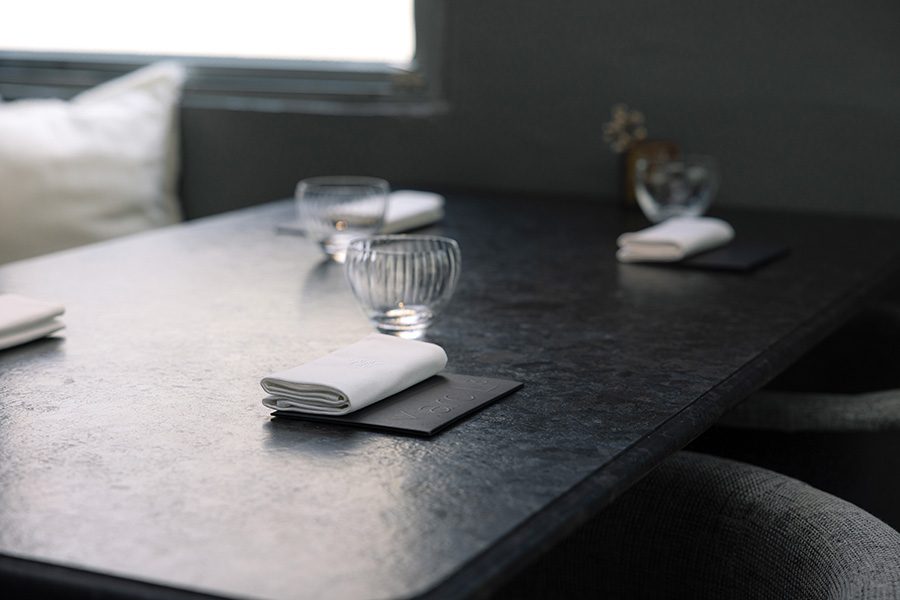
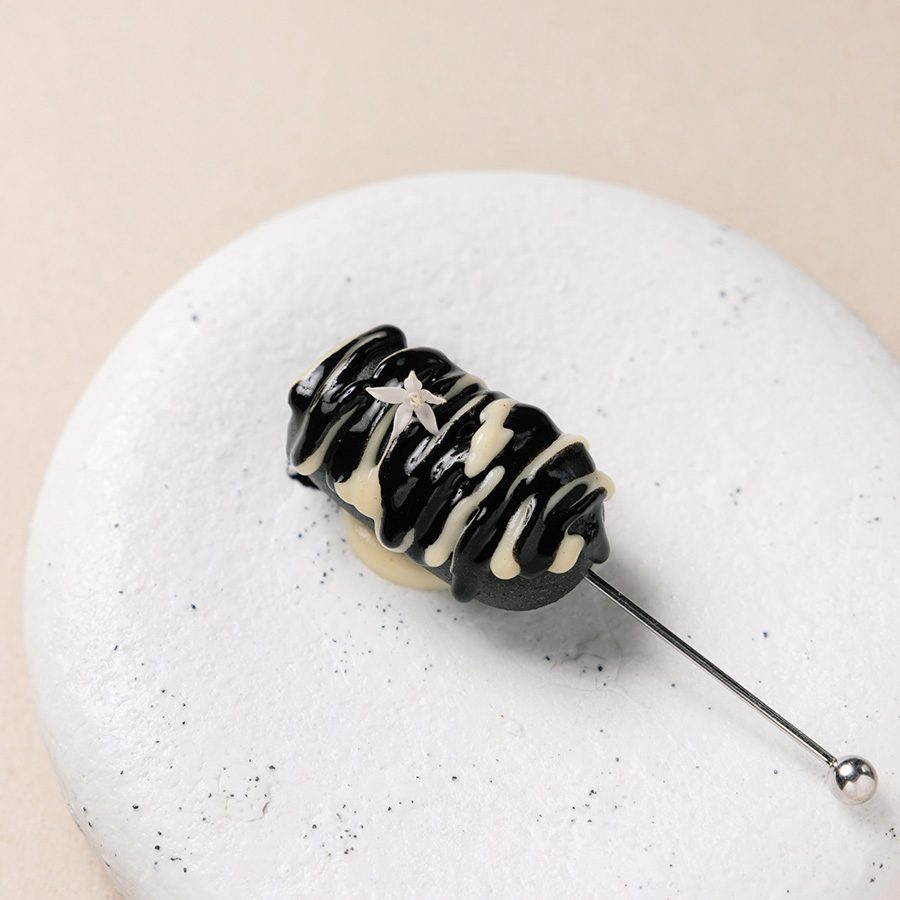
Cooking the impossible
Taipei native Marc Liao studied abroad from the age of 16 and travelled across three continents, picking up extensive fine-dining experience in multiple restaurants before eventually settling in Kaohsiung. “The Kaohsiung I knew before didn’t inspire one to stay,” he says with a laugh. “But now it has made my impossible possible.”
Liao started out in the city with a food stall in the venerable Yancheng First Public Retail Market, serving reasonably priced, high-quality modern dishes made with Taiwanese ingredients. Even then, Liao’s vision was clear.
“Kaohsiung people don’t care who you are; the restaurant doesn’t need to put on airs,” he says. “As long as it’s delicious, people come.” That small stall made Liao’s name, and now his restaurant Marc L3 has become one of the hottest tables in Southern Taiwan.
Marc L3 sets an experimental stage for Liao. Here, the menu doesn’t list dishes or names: mystery is the name of the game. “In Kaohsiung, the halo of celebrity chefs doesn’t exist, and so you can let go of the burden of expectations and trends, and do what you want,” says Liao.
The fare is playful: like the dish that looks like a standard hot dog but is actually filled with Kaohsiung swordfish and Penghu squid; pork back fat is added for springiness, and it’s seasoned with Hong Kong-style ginger-spring onion sauce. The black exterior is made from concentrated chicken broth with black truffle and squid ink, while the white sauce is a smooth, garlic-laden béchamel.
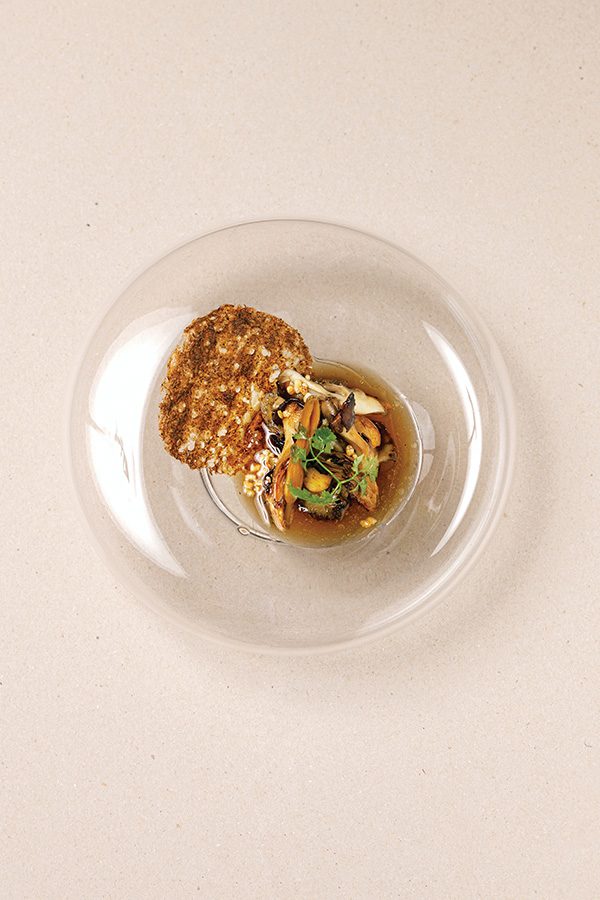
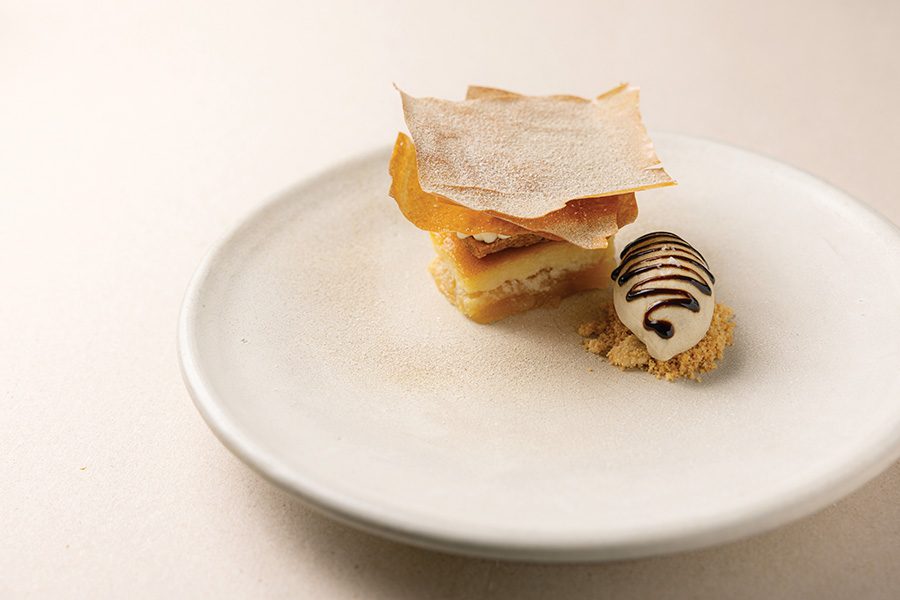
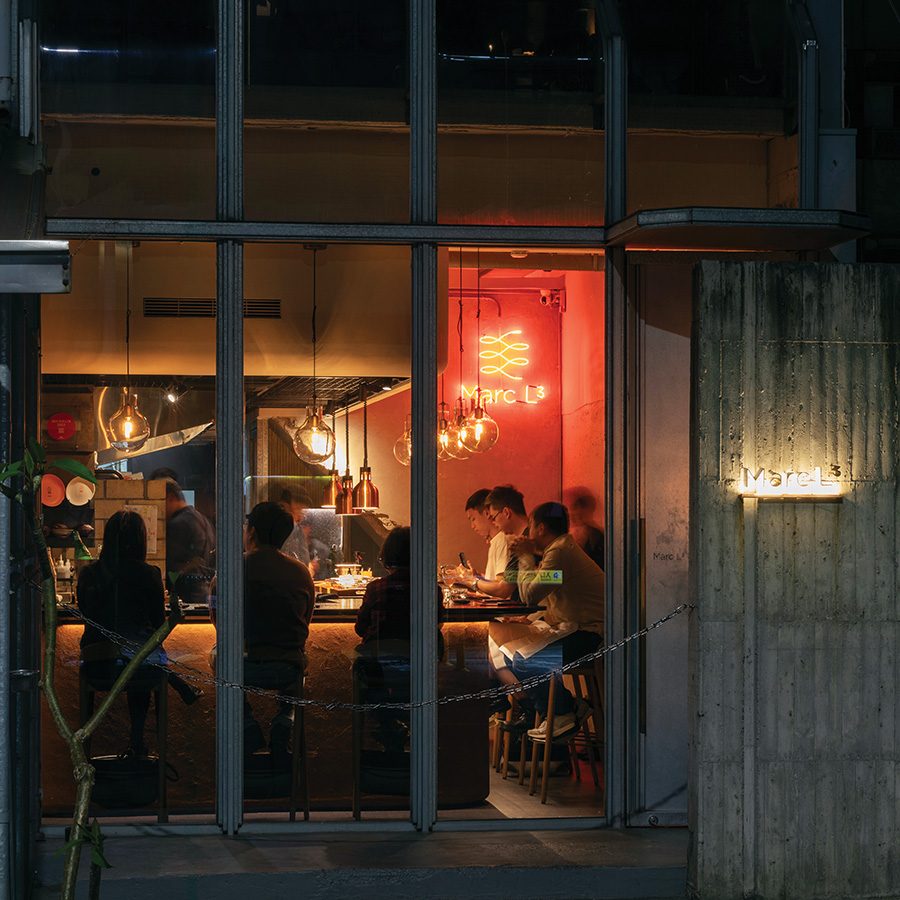
In Taipei, Marc served star-rated, albeit formulaic, cuisine; in Kaohsiung, he unleashes his creativity to surprise and inspire. “It’s not fun if you can guess what you’re going to get,” he says. “I hope to prepare an unexpected dinner in an impossible place.”
More inspiration
Kaohsiung travel information
- China – the Chinese Mainland, Hong Kong SAR, Macao SAR and Taiwan Region
- Hong Kong SAR - English
- Chinese Mainland (China) - English
- Taiwan, China - English
- 香港特別行政區 - 繁體中文
- 中国內地 - 简体中文
- 中國台灣 - 繁體中文
- Africa
- South Africa - English
- Asia
- Bangladesh - English
- Korea - English
- Singapore - English
- Cambodia - English
- 한국 - 한국어
- Sri Lanka - English
- India - English
- Malaysia - English
- Thailand - English
- Indonesia - English
- Maldives - English
- ประเทศไทย - ภาษาไทย
- Indonesia - Bahasa Indonesia
- Myanmar - English
- Vietnam - English
- Japan - English
- Nepal - English
- Việt Nam - tiếng Việt
- 日本 - 日本語
- Philippines - English
- Australasia
- Australia - English
- New Zealand - English
